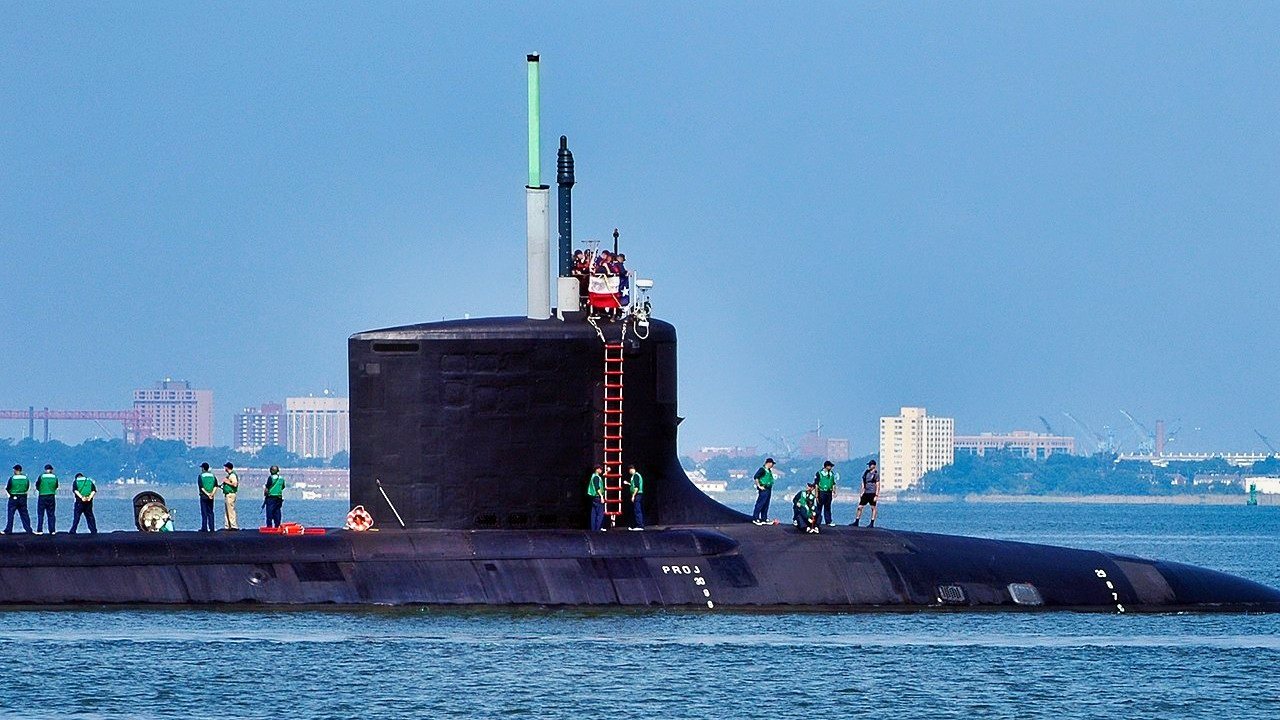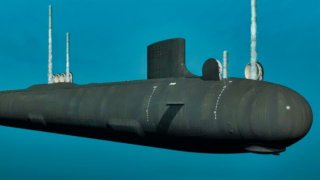SSN(X): The U.S. Navy's Dream to Build a Nuclear Submarine Like No Other
The U.S. Navy has postponed the construction of its next-generation attack submarine, the SSN(X), to the early 2040s due to budgetary constraints and the prioritization of ongoing projects.
Summary: The U.S. Navy has postponed the construction of its next-generation attack submarine, the SSN(X), to the early 2040s due to budgetary constraints and the prioritization of ongoing projects.

-Originally slated for 2031 and then 2035, the SSN(X) program is now delayed along with other key modernization projects, such as the DDG(X) destroyer and the F/A-XX fighter.
-The SSN(X) aims to counter growing threats, particularly from China, by offering enhanced speed, payload, and acoustic superiority.
-However, the program's future remains uncertain, dependent on future budget allocations and political priorities.
Navy Delays SSN(X) Submarine Construction to 2040s Amid Budget Constraints
The U.S. Navy will push back construction of its next class of attack submarine, the SSN(X), until the early 2040s. Initially, the Navy had planned to begin building the SSN(X) in 2031. Then, the start date was pushed back to 2035. Now, because of budgetary constraints and the need to prioritize ongoing and near-term projects, the Navy has pushed the program back again.
The SSN(X) is not the only Navy project delayed.
“In its fiscal 2025 budget, the Navy is seeking to delay spending on several modernization programs, including SSN(X), the DDG(X) next-generation destroyer, and the F/A-XX next-generation fighter,” Defense News reported.
As recently as 2021, the DDG(X) was slated to start in FY28, the SSN(X) in FY31, and the F/A-XX sometime in the 2030s. Now all three projects are on hold, with the SSN(X) waiting until the Virginia class is completed and delivered.
What is the SSN(X)?
Not much has been disclosed about prospective SSN(X) designs. The very designation (“X”) indicates that the design is not yet determined. But according to the Navy, the SSN(X) “will be designed to counter the growing threat posed by near peer adversary competition for undersea supremacy. It will provide greater speed, increased horizontal [i.e., torpedo room] payload capacity, improved acoustic superiority and non-acoustic signatures, and higher operational capacity.”
The Navy’s description is light on specifics. The SSN(X) will be faster, quieter, and more brimming with weapons than preceding classes – but that was all expected in an updated submarine. The most significant (yet predictable) implication from the Navy’s SSN(X) description is that the submarine will be built to counter China.
Beijing has been engaged in a massive shipbuilding spree to back its growing territorial claims throughout the Indo-Pacific. The U.S., in an effort to counter China’s naval rise, is focused on improving American naval technology. The Virginia-class attack submarine, specifically, is part of an effort to close the missile gap that China enjoys over the U.S. (While the U.S. was a signatory to the Intermediate-range Nuclear Forces Treaty, which banned certain missiles, China was free to develop those very missiles.) The Virginia class is still underway and has taken clear priority over the design and development of the SSN(X) program.
When the Navy is finally ready to pivot to the SSN(X), the new submarine should incorporate the greatest features of the Navy’s existing classes. “Navy officials have stated that the Navy wants the SSN(X) to incorporate the speed and payload of the Navy’s fast and heavily armed Seawolf (SSN-21) class SSN design, the acoustic quietness and sensors of the Virginia-class design, and the operational availability and service life of the Columbia-class design,” the Congressional Research Service wrote.

If the Navy can pull off the SSN(X) as proposed, the new submarine should be an impressive feat of engineering. It will likely be larger than the Virginia class, which displaces 7,800 tons when submerged. But a lot can change between now and 2040, when the SSN(X) is scheduled to begin construction. Whether the new submarine will still be a priority of whoever is running the White House, Congress, and Navy in 2040 is anyone’s guess.
About the Author: Harrison Kass
Harrison Kass is a defense and national security writer with over 1,000 total pieces on issues involving global affairs. An attorney, pilot, guitarist, and minor pro hockey player, Harrison joined the US Air Force as a Pilot Trainee but was medically discharged. Harrison holds a BA from Lake Forest College, a JD from the University of Oregon, and an MA from New York University. Harrison listens to Dokken.
All images are Creative Commons.
More from National Interest


